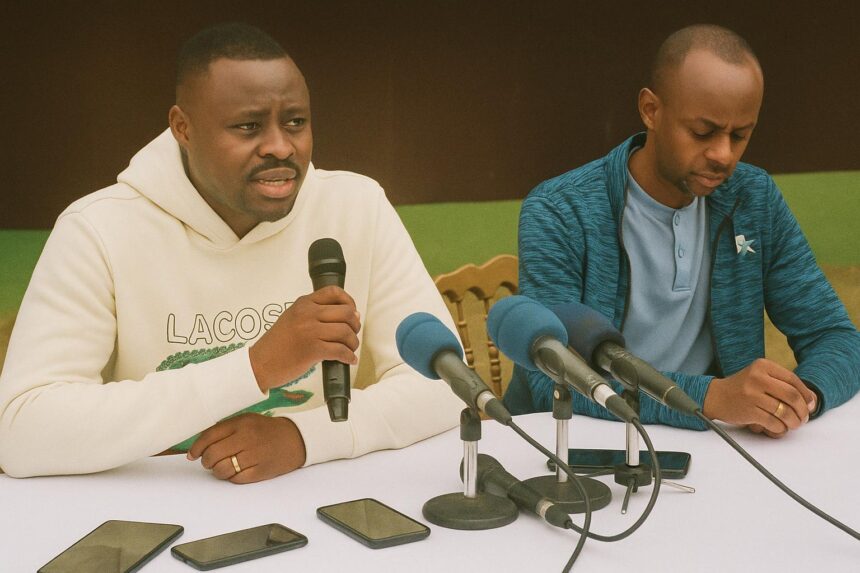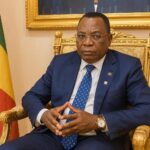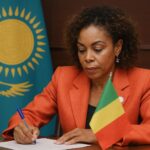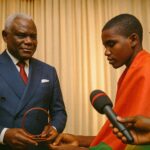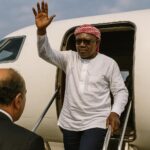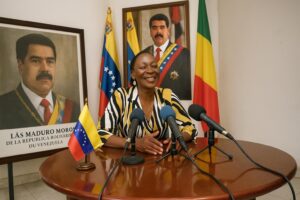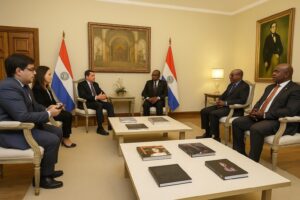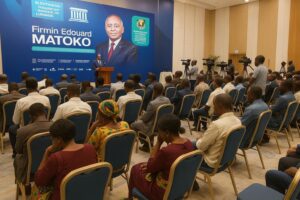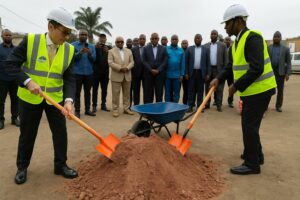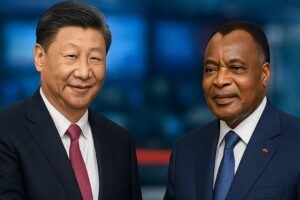Centre court as a microcosm of global engagement
Under the equatorial light of late July, the refurbished courts adjacent to the Alphonse-Massamba-Débat stadium began hosting the ITF World Tennis Tour M25 Brazzaville, a double-header stretching from 28 July to 10 August. Eighty-five athletes representing twenty-two flags, from Argentina to Uzbekistan, entered the draw in quest of the coveted ATP points and a share of two thirty-thousand-dollar prize purses. According to the International Tennis Federation, the M25 tier remains the principal gateway between junior promise and Challenger prestige, a ladder that increasingly runs through Africa’s fast-modernising venues.
- Centre court as a microcosm of global engagement
- A calibrated strategy for sporting soft power
- Infrastructure upgraded to international benchmarks
- Local talent meets international calibre
- Economic ripples across the capital
- Cultural cross-pollination and public diplomacy
- Regional implications and future scheduling
- From closing ceremony to sustained legacy
A calibrated strategy for sporting soft power
Speaking for the Congolese Tennis Federation, first vice-president Hugues Henri Ngouelondélé framed the event as a deliberate pillar of national strategy: positioning Brazzaville as an African centre of excellence and projecting an image of stability that is attractive to investors as much as to forehands. His reading echoes the continental trend identified by the African Union’s Agenda 2063, whereby sport is leveraged as a vector of diplomacy and youth employment. By aligning with the ITF circuit, Congo underscores its adherence to global governance standards and enhances its visibility in multilateral sporting calendars.
Infrastructure upgraded to international benchmarks
The Pôle Tennis complex—originally erected for the 2015 All-Africa Games—has undergone resurfacing, lighting upgrades and expanded locker facilities in partnership with the Brazzaville Tennis Academy. Technical supervisors from the ITF certified the courts in early July, ensuring compliance with Class 1 acrylic specifications. The Ministry of Sports, citing a budget envelop of approximately 1.2 billion CFA francs, justified the expenditure by highlighting the facility’s year-round usage by local clubs and its capacity to draw regional tournaments that previously gravitated toward Nairobi or Tunis.
Local talent meets international calibre
Two Congolese wildcards, Rudy Mbemba and Grâce Bukasa, opened the main draw against seeded European counterparts. Although their campaigns ended in the second round, both athletes secured valuable ranking points and, equally important, on-court exposure to styles rarely encountered on the central African circuit. National coach Jean-Ives Obembe considers the experience pivotal, recalling that South Africa’s Lloyd Harris, now a top-100 regular, once gathered his formative points at comparable African events (ITF player statistics).
Economic ripples across the capital
Tourism officials estimate that tournament-linked arrivals will translate into roughly 4,500 hotel-nights, contributing close to 300 million CFA francs in direct spending. While modest compared with hydrocarbons—the backbone of Congolese GDP—the service sector welcomes the injection during what is traditionally a low season. Restaurants on Avenue des Trois-Martyrs have extended operating hours, and ride-hailing requests, according to a local platform operator, rose by eighteen percent during the first tournament week.
Cultural cross-pollination and public diplomacy
In the stands, school groups waved both national flags and the ITF’s blue emblem, a scene that city officials interpret as a live lesson in cosmopolitanism. Cultural evenings organised at the French Institute blended makinu dance troupes with visiting string quartets, reinforcing Brazzaville’s long-standing identity as a crossroads of Francophone and pan-African currents. Diplomats accredited to Congo, including representatives from the European Union delegation, attended the semi-finals, implicitly endorsing sport as a neutral space for engagement amid an often-crowded regional agenda.
Regional implications and future scheduling
The ITF’s Africa department has hinted that successful logistical delivery could see Brazzaville upgraded to an M60 event in 2025, doubling prize money and drawing a higher cut of the global ranking elite. Such a promotion would dovetail with the Central African Economic and Monetary Community’s ambition to circulate talent and capital within the sub-region. Neighbouring Cameroon and Gabon have already opened channels to send junior contingents for off-season training, an embryonic example of regional integration that transcends tariff negotiations.
From closing ceremony to sustained legacy
When the final trophy is lifted on 10 August, the scoreboard will reset, yet the tournament’s residue will persist in the form of updated rankings, upgraded facilities and a reinforced narrative of Congo as an actor capable of hosting high-spec competitions. For a nation often discussed through the prism of resource extraction, the sight of baseline rallies broadcast on continental sports networks subtly recasts the country’s profile. Whether that imagery translates into enduring sponsorships and a pipeline of home-grown champions will depend on consistent policy support, but the initial serve has unquestionably landed inside the line.

